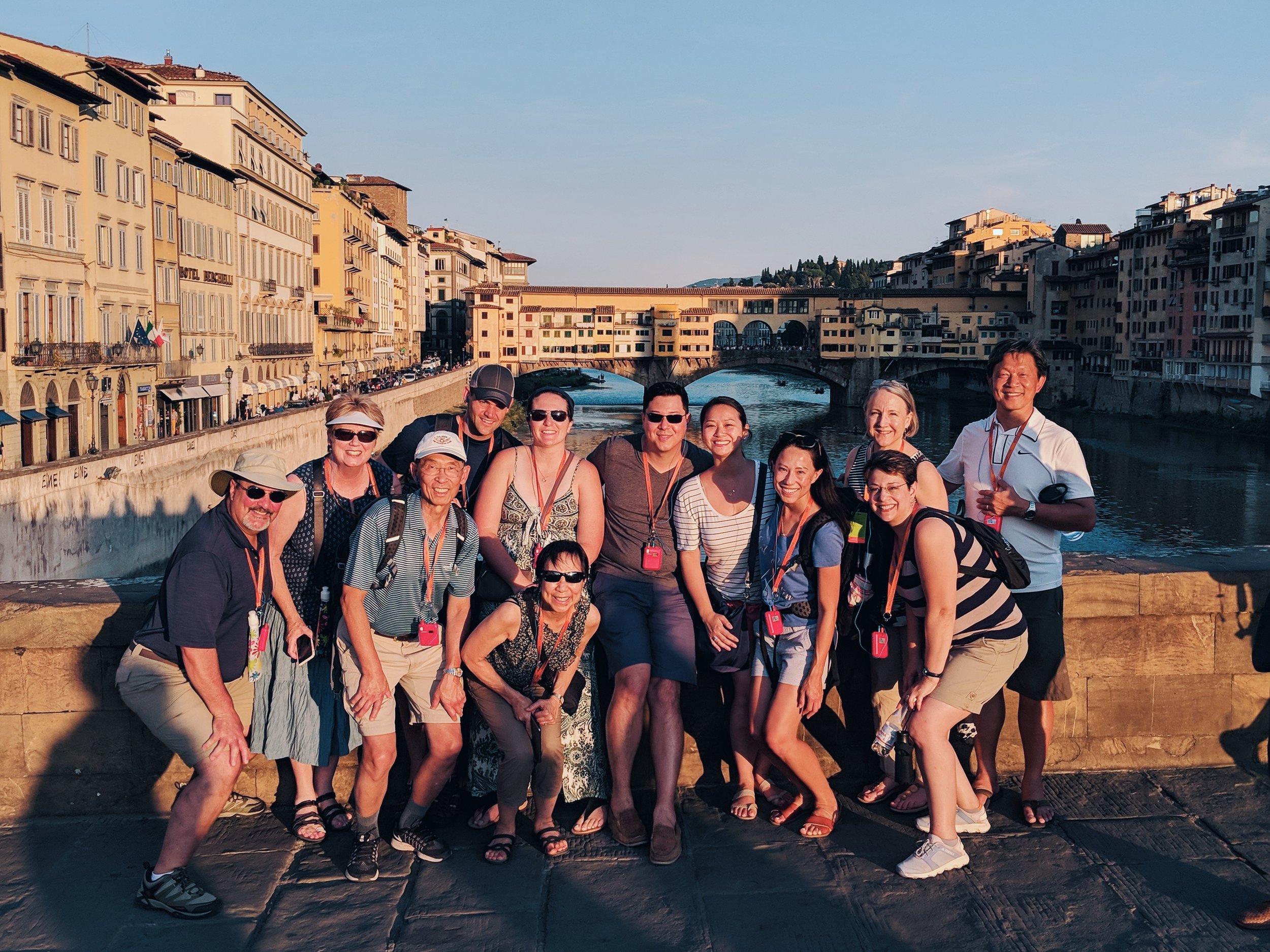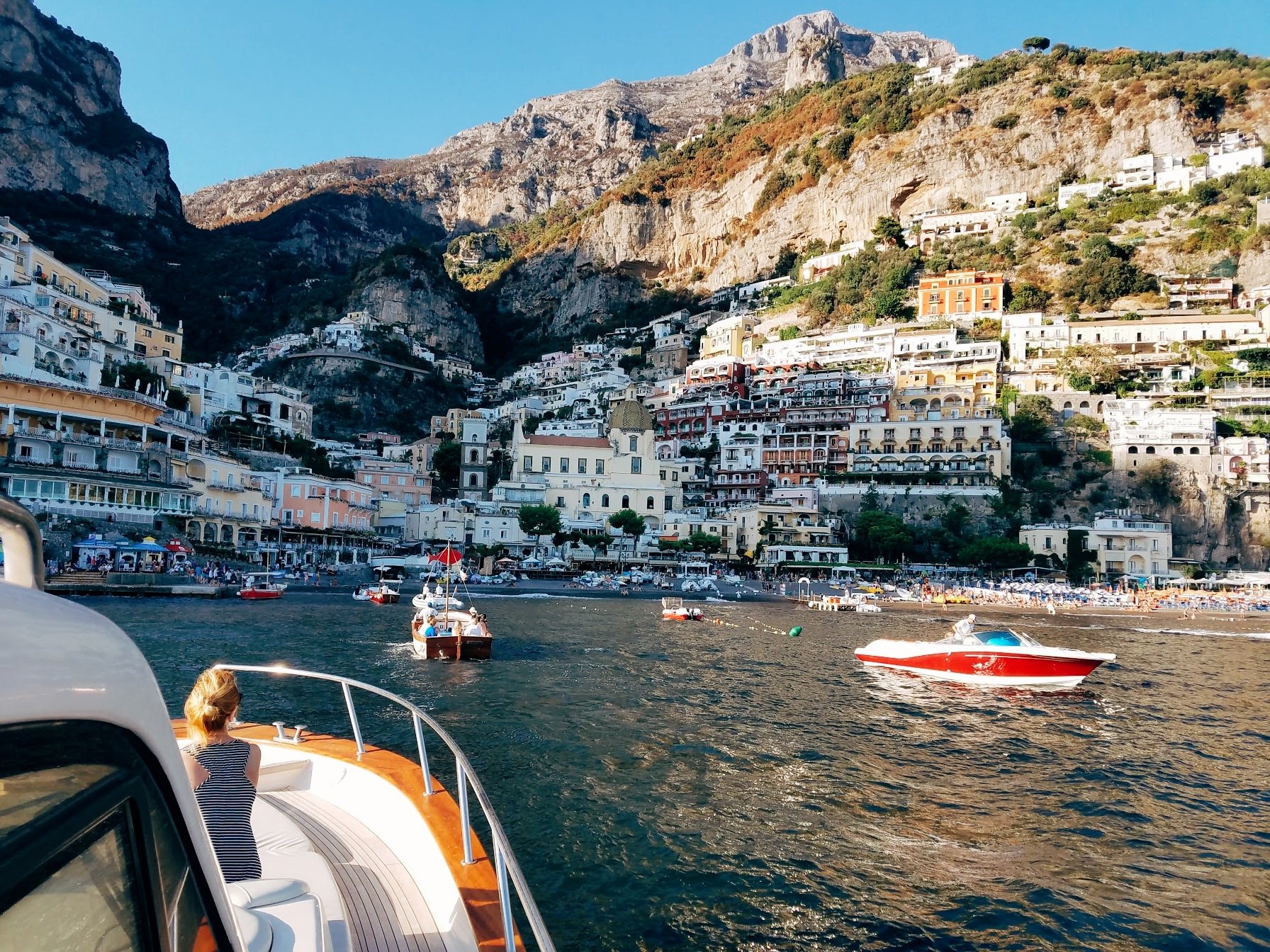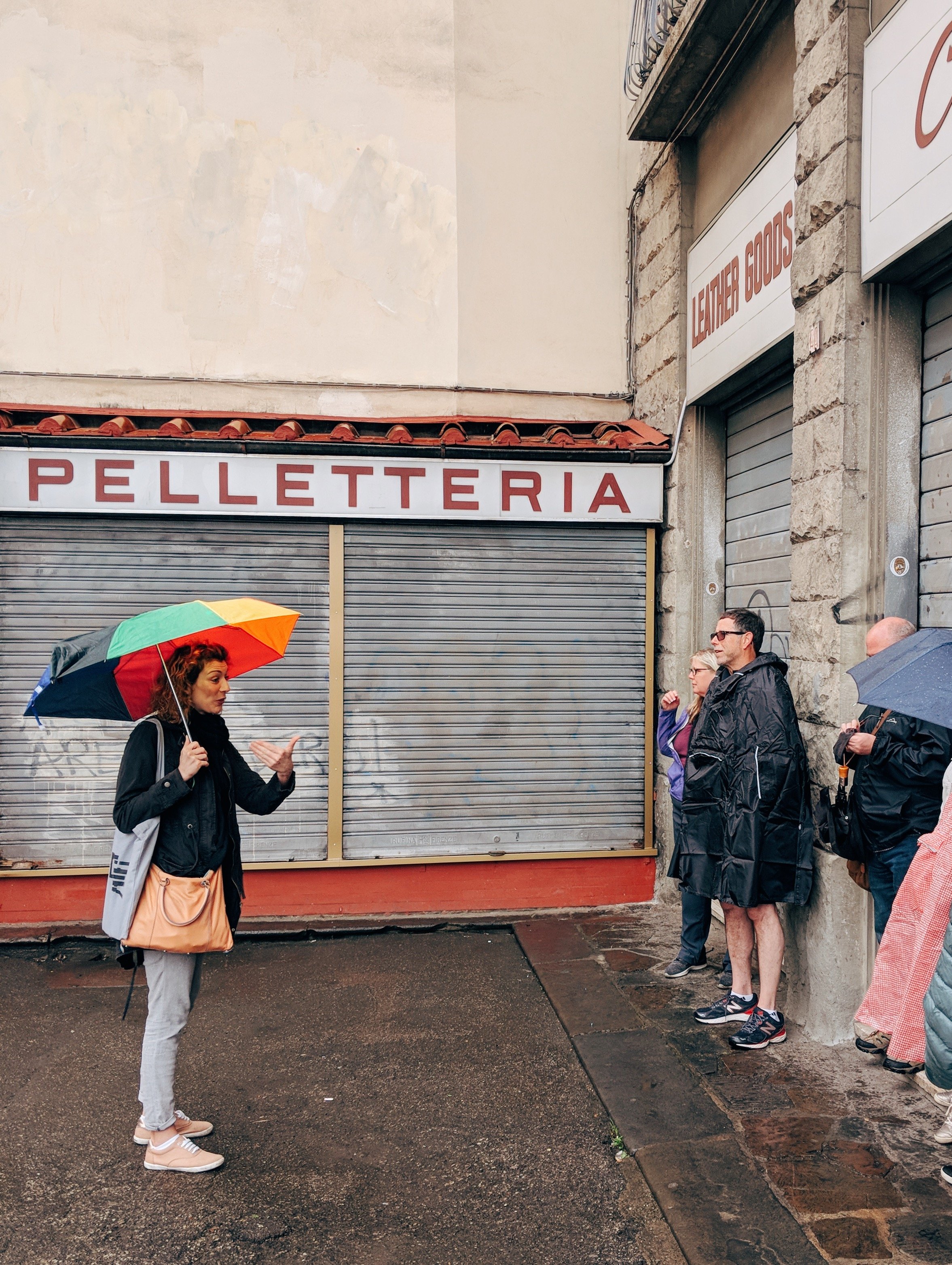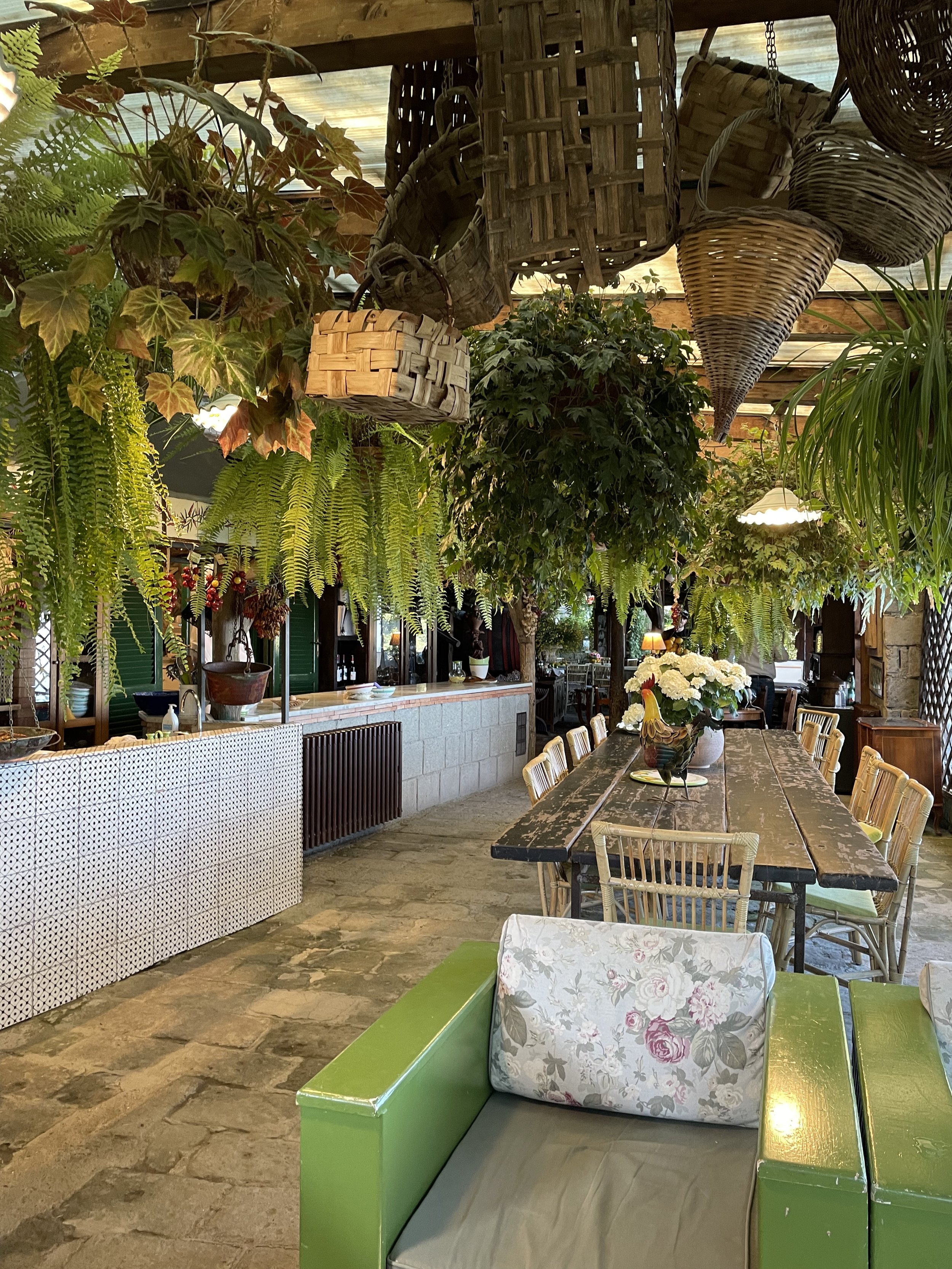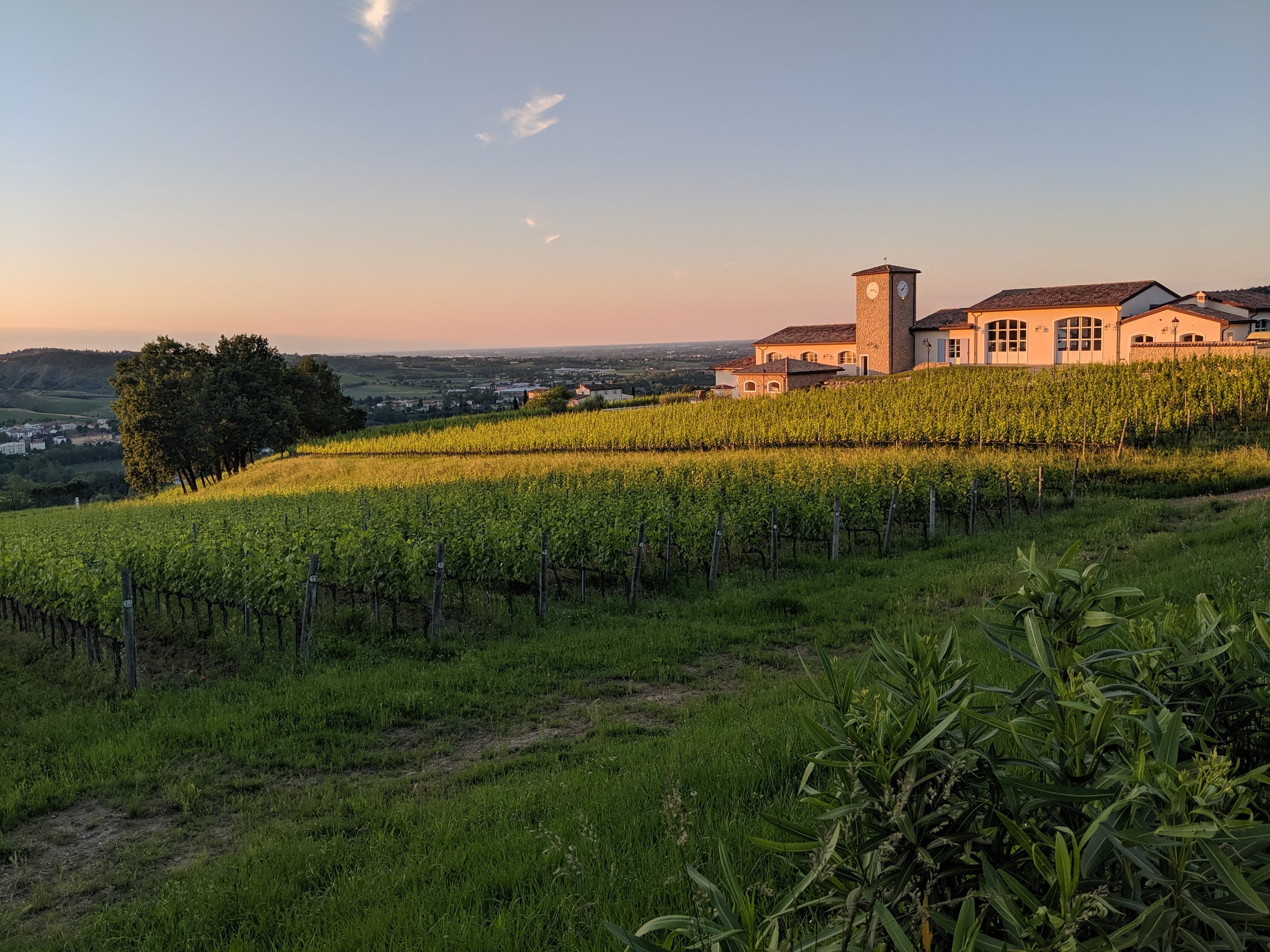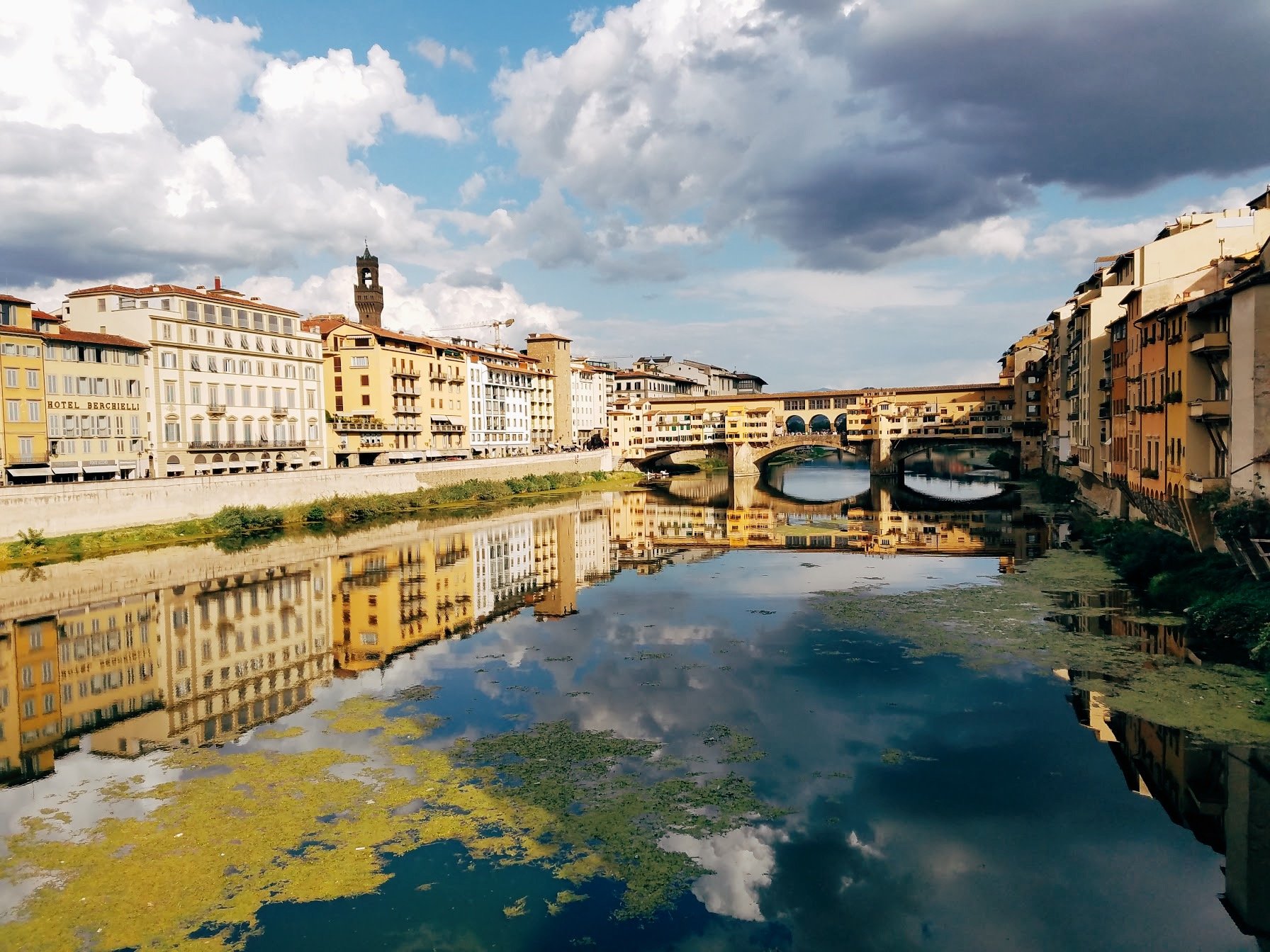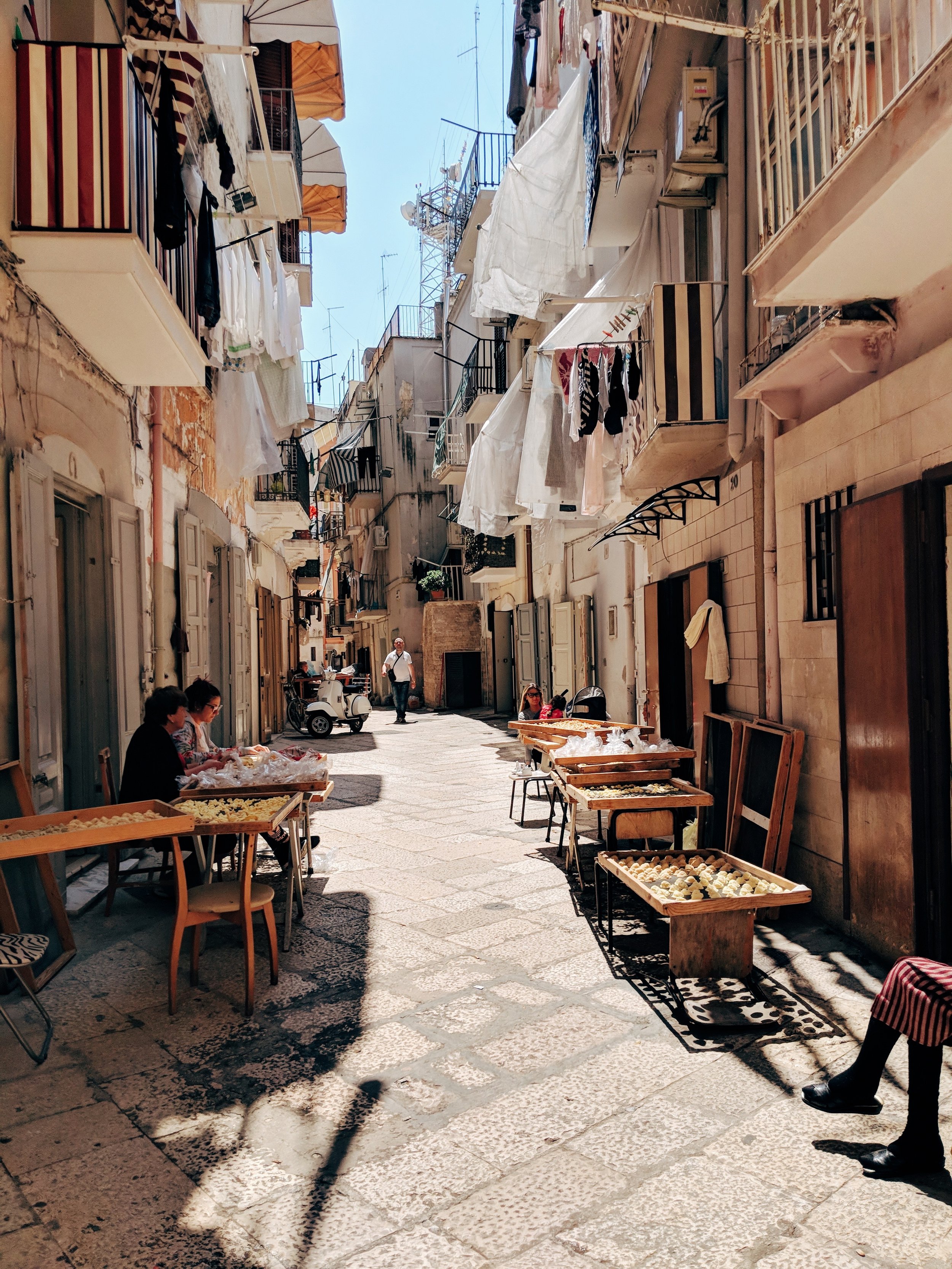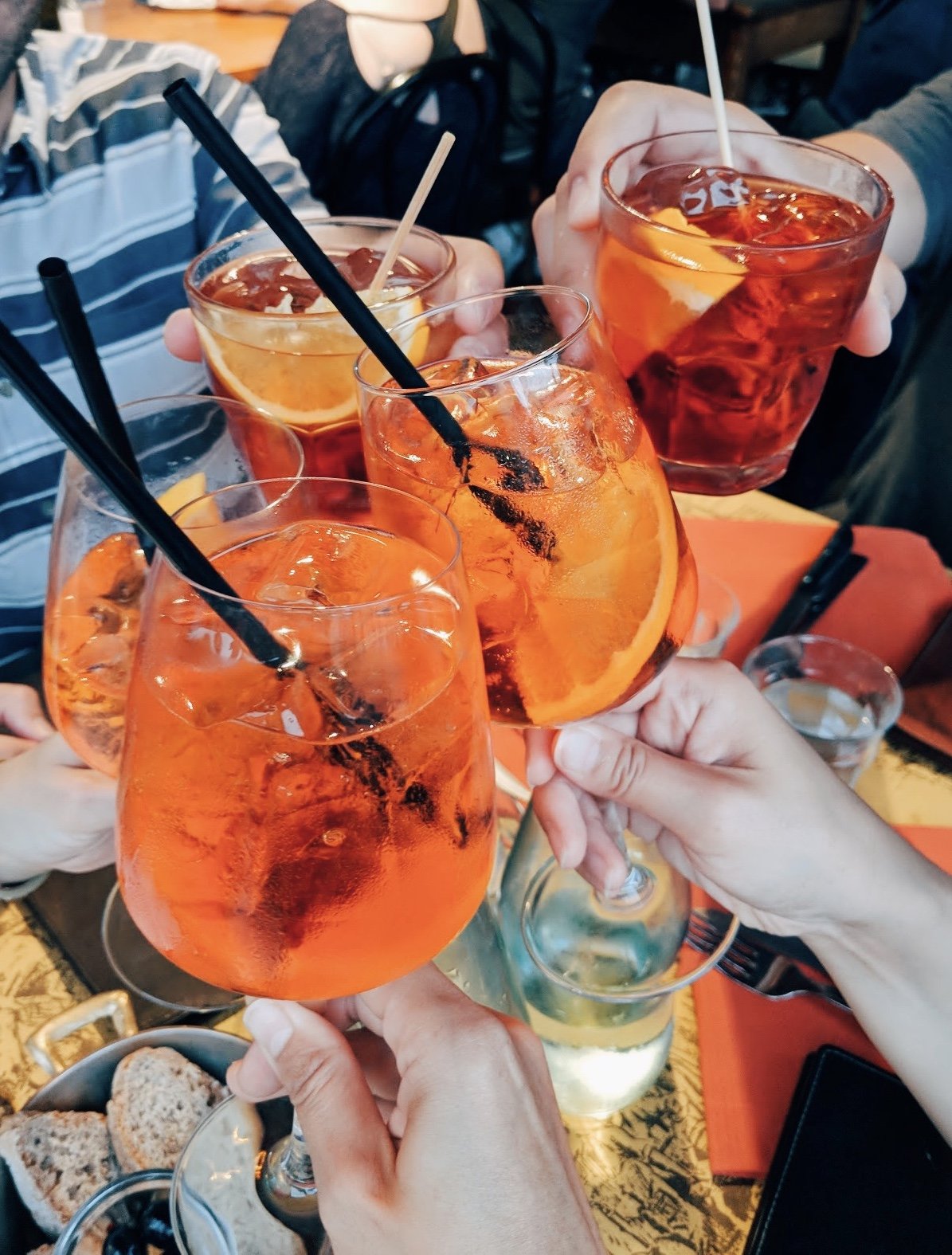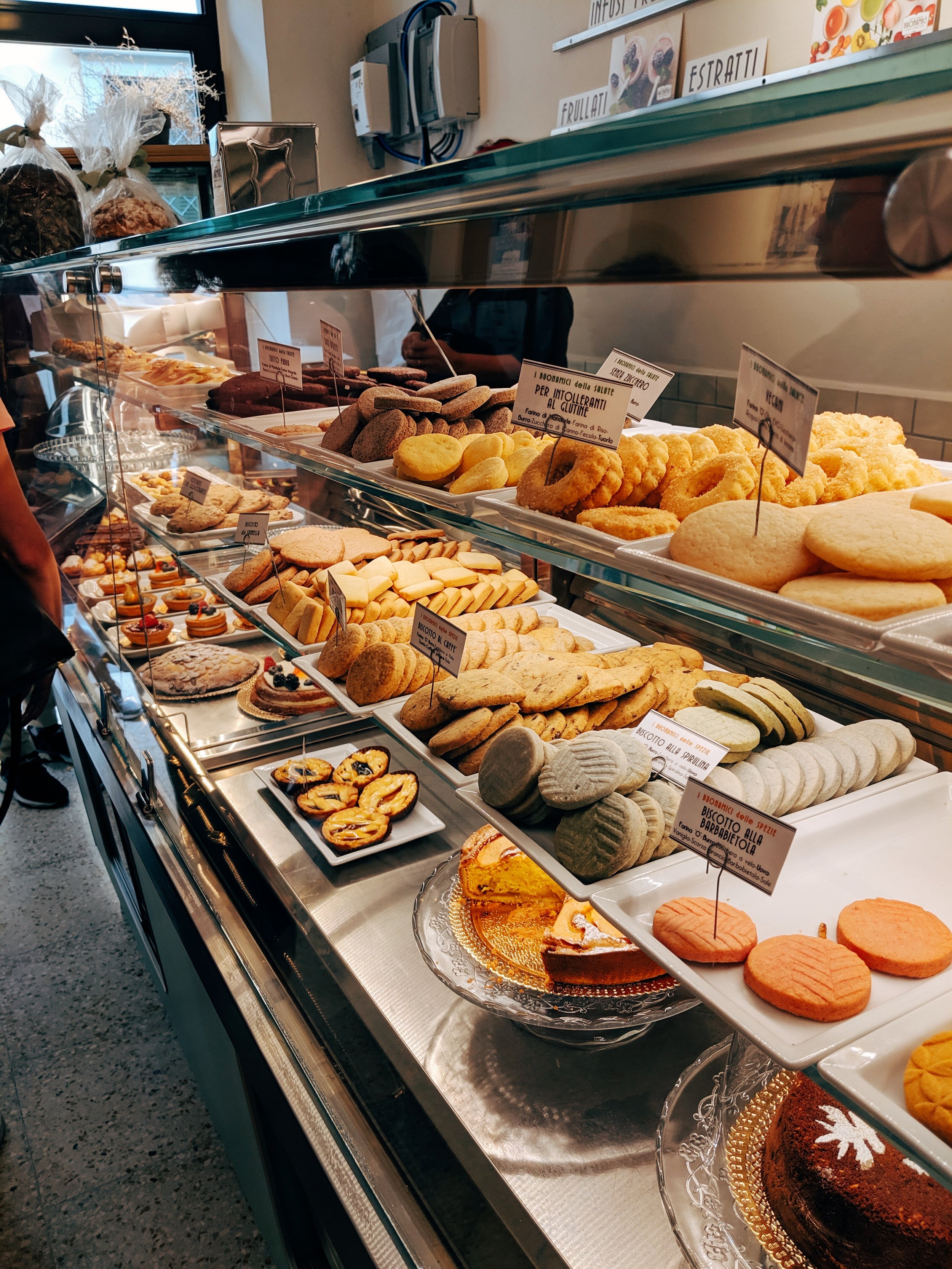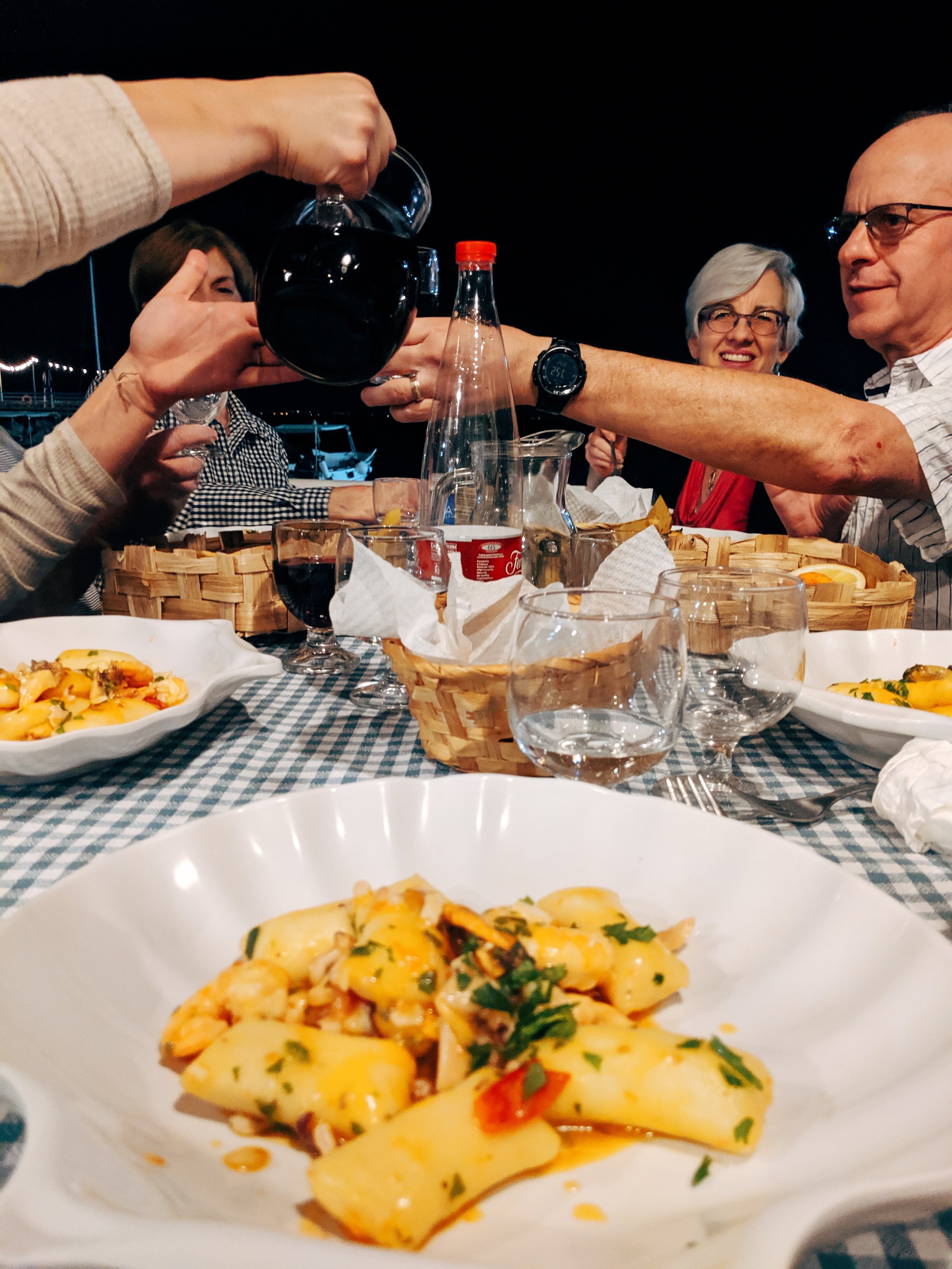101 Things to Know for Traveling to Italy in Fall 2022
/If you want to be prepared for your upcoming trip to Italy, our guide will help you get there.
These 101 tips come from our extensive travel expertise and 7+ years of traveling to Italy from the United States and exploring the country. It’s also the list we sent to TTLT travelers on the Heart of Italy Food Tour.
The list is broken down into sections from weather to currency to restaurant & bar etiquette for easy reading and searching.
Let’s get started!
Pre-Departure Information | Currency | Hotels | Weather | Transportation | Health & Safety | Shopping |
Food & Water & Wine | Restaurant & Bar Etiquette | Bathrooms | Cultural Norms | Helpful Terms |
Pre-Departure Information
1. For U.S. Citizens - register for the U.S. Department of State’s Smart Traveler Enrollment Program (STEP).
2. Talk with your cell phone carrier. If you’re planning on using your cell phone while abroad, find out the best international plan that will suit your needs.
3. Review the local weather. Recommended website or app for more accurate Italian forecasts is Il Meteo. You can change the language and temperature to Fahrenheit in Settings in the app.
4. Notify your banks of your travel plans and itinerary for the international use of your credit cards and ATM cards.
5. Check your passport expiration date. For U.S. Citizens - passports must be valid for 6 months after the return of your journey and should also have sufficient blank pages for visas and immigration stamps.
6. Visit a doctor or travel pharmacist 4-6 weeks prior to departure. Give your doctor your itinerary and history of vaccines. Ask for routine vaccinations and prescriptions as necessary (including a backup supply of antibiotics). For more information visit the CDC.
7. Download books/shows/movies to electronic devices.
8. Make two (2) copies of your important documents such as passports, credit cards, and driver's licenses. Leave one copy with your emergency contact and store another copy in a safe place in your luggage (separate from the actual documents).
Currency
9. The currency in Italy is the Euro and currency exchange is readily available. ATMs are also easily accessible and are the preferred method for receiving local currency.
10. When withdrawing at an ATM, select “Euro” instead of “USD”. This allows your bank to make the conversion that will be more favorable than the proposed conversion rate.
11. Ask your bank what your foreign transaction fees are and any ATM withdrawal fees.
12. Credit cards are accepted in most areas but it is a good idea to extract some local currency for use in small shops or cafes.
13. When paying by credit card, vendors will often ask you to select “local currency” or convert to USD”. You should always select local currency. Allowing your credit card company to make the conversion offers a much better rate than the local bank.
14. We do not recommend bringing travelers’ checks, exchanging cash in advance, or using foreign currencies even when possible in Italy.
Hotels
15. Passports are required for check-in to all hotels.
16. Most hotels in Italy require payment of a local city tax, which ranges from 1 - 6 euros per person per night and should be paid upon check out directly to the hotel.
Weather
17. Italy has a fairly temperate climate although it varies from northern to southern regions, especially during the winter.
18. Fall (September - November) temperatures along the Amalfi Coast vary from about 65 - 80 degrees Fahrenheit, while the northern areas range from about 50 - 75 degrees Fahrenheit.
19. Rainfall is possible, so you should be prepared with rain gear.
20. Many of the day tours and activities depart rain or shine.
21. Always carry drinking water, stay hydrated, and wear sunblock and hats as necessary to reduce sun exposure.
22. Air-conditioning in vehicles and hotels is generally available but not guaranteed. It’s common for hotels to regulate the air conditioning in the building and not by room.
Transportation
If traveling by fast trains/high-speed trains…
23. Upon arriving at a train station, check the monitors for your departure platform and train status.
24. Some fast train destinations will not be listed on the monitors because you will be getting off at a stop before the end of the line. It’s important to pay attention to the train number as opposed to the destination listed.
25. You may have to walk a long distance to get to your train car.
26. Most train cars have two entrances so look at the doors to see which entrance is best for your seat number.
27. Smaller pieces of luggage can go over your seat and some luggage can fit behind your seat.
28. All other larger luggage should be placed near the door of the car where there should be luggage racks.
29. There are rare incidents of theft on the fast trains, as we’ve been told “nobody wants your dirty laundry,” but there is no guarantee.
30. Your ticket will be scanned on board usually after the train is moving. Have tickets and vouchers available either on your phone screen or on printed paper.
31. Be extra vigilant with your baggage at train stations and on trains in Italy. This is a common place for pickpockets.
General
32. Throughout Italy, but especially along the Amalfi Coast and in the Tuscan Countryside, there are very winding roads. If you get motion sickness we recommend that you bring anti-nausea medication.
33. Uber is not a thing in Italy, but you can get a taxi in certain places. You can find Uber in Rome and Milan but it looks very different than Uber in the United States.
34. It is not easy to flag down a taxi in most cities in Italy. Instead, you can request a hotel to call one or there are taxi stands where you can wait in line near main attractions.
35. In Rome and along the Amalfi Coast you need to buy a bus ticket at a tabbachi (small cafe or shop) before boarding the bus.
Health & Safety
36. Health care in Italy is readily available but standards vary significantly and public hospitals tend to be less impressive the further south you travel.
37. Pharmacists are reliable sources of information and can sell over-the-counter medication for minor illnesses.
38. Pharmacies are easily found in major cities and even small towns. In major cities, many physicians will also speak English or translators are available.
39. As of June 1, 2022, it is no longer required to show proof of COVID vaccination or negative test prior to travel, however, this may change month by month. Please stay up to date on the State Department website as well as the Italian Ministry of Foreign Affairs website.
40. Pickpockets do come into the cities and are most prevalent on trains. Be aware of your surroundings and keep cash and valuables concealed in zipped bags.
41. Thieves generally target people who look unaware or whose bags are not secured. Always pay close attention to your belongings, especially important travel documents which should be kept with you at all times.
42. It is best to carry bags or purses that have cross-body straps and to keep your hand on them for extra security.
43. When you arrive at each hotel, secure any valuables in the room's safe if provided.
44. The European emergency number is 112, but in Italy, for emergency first aid (ambulance) it is best to call 118. Other important emergency numbers are 113 for the police and 115 for the fire brigade.
45. It is your sole responsibility to abide by local laws and if you violate any laws, even unknowingly, you may be subject to penalties.
46. There are 2 types of police in Italy:
polizia statale - national police force who wear powder-blue trousers with a fuchsia stripe and a navy blue jacket
carabinieri - national military police who wear black uniforms with a red stripe and drive dark-blue cars with a red stripe
Shopping
47. VAT (value-added tax) refund upon departure from the country. In Italy, the acronym for the VAT is “IVA” which is usually applied at about 22%, included in the total listed price of items. If you spend more than €154.94 in one store at one time, then you could be eligible for a refund. If the goods being purchased are tangible items for personal use, carried in your luggage, going through customs, and leaving the EU within 3 months of the purchase date, then it is likely eligible for a refund if the merchant participates in the program.
48. Merchants who participate in the program often have a "Tax-Free Shopping" sign in their windows. When purchasing your goods, you must have your passport or a copy of your passport. You will have to ask for a special receipt specifically for the VAT refund.
49. When you arrive at the airport, we recommend setting aside extra time for your refund. You'll have to take your completed Tax-Free Form, passport, receipts, and goods to get a stamp on your form at the customs desk. Afterward, you'll go to the participating agency's office or desk to claim your refund (the Global Blue agency is the most popular). You will need your completed, stamped Tax Free Form and your passport to receive the refund in cash or to your credit card.
Food & Water & Wine!
50. At restaurants, it is a given that you will either have sparkling (“frizzante”) or still (“naturale”) bottled water.
51. You can drink tap water in Italy, but it is not a common practice and it’s odd to request tap water at a restaurant.
52. There are a few fountains/taps in Italy marked as “acqua non potabile”, such as on the trains, where it is not safe to drink the water.
53. When you walk around the city there are small taps/fountains with constant running water. These are safe to drink out of and to use to refill your bottle. We do recommend bringing your own water bottle which can be refilled.
54. Ice water is generally not available in Italy.
55. There is an abundance of good wine in Italy. Most restaurants serve a house table wine in a jug or pitcher, and they are typically very good wines.
56. Many day tours, activities, and meals will include wine but it is not guaranteed. If you prefer a specific brand there are many local options available at restaurants on the wine list which can be purchased by the glass or bottle at an additional cost.
57. Drink with caution and bear in mind that although Italian culture embraces drinking wine at all times of the day, it is not culturally appropriate to overindulge or become intoxicated.
58. Iced coffees in most regions are not common. You can try to order a caffe con ghiaccio (coffee with ice) but be prepared that they may not be able to serve it with ice, but instead give you cold coffee in some other fashion like a cold, shaken coffee (also known as a shakerato).
59. To order a coffee sitting, take a seat at a cafe outside and someone will come out to take your order. However, this does depend on the place. You could order first inside and then they will bring out your coffee to you once it’s ready.
60. To order a coffee standing, you simply go to the bar and order/drink your coffee standing and then pay, or some places ask you to pay first and bring the receipt to the barista. Either way, a coffee at the bar is always cheaper than sitting.
61. You will surely be marked as a foreigner if you order a cappuccino or latte after 10 or 11 AM. If you want a coffee after your meal, do as the Italians do and order an espresso or a macchiato (this is acceptable as it is only a little bit of milk.)
62. You can often find soy or “soia” milk. You might also be able to order oat, almond, or rice milk depending on the bar. You can find all these milk alternatives at the supermarket.
63. To order a drink that resembles a latte as known in the U.S. order a “latte macchiato scuro” since “latte” means milk in Italian and you may be brought foamed milk. For more coffee suggestions, refer to this helpful article.
Restaurant & Bar Etiquette
64. To beckon a waiter or waitress, raise your index finger and make eye contact.
65. You must ask for your check when you are finished, otherwise, it will rarely be brought to you.
66. Roll pasta with your fork on the sides of your pasta plate or with the support of your knife; not on your spoon.
67. Keep both hands above the table during dinner and never in your lap. Do not rest your elbows on the table.
68. It is acceptable to leave a small amount of food on your plate, and wine in your glass.
69. Aperitivo is a wonderful tradition that takes place in bars between about 6:00 – 8:30 PM. This time means you will be charged for the drink but not for certain food items, which can range from simple nuts to warm appetizers or cheese & meat platters.
70. Ice water and having your water refilled during a meal are not common outside of the United States. In Italy, water is not provided with meals.
71. If you’d like water, you’ll need to order bottles of cold, still water (aqua naturale) or sparkling water (aqua frizzante).
72. All seafood is served whole and you need to clean (descale) the fish or shrimp before consuming it. If you order a “catch of the day” fish, you can ask the restaurant staff to clean it for you before you eat.
73. Never ask to top your seafood pasta with grated cheese. That’s a definite no in Italy.
Bathrooms
74. Most bathrooms are equipped with a Western-style sit toilet, however, some out-of-the-way locations have squat toilets.
75. In public restrooms, it’s important to carry your own tissue or toilet paper as it is rarely provided, or frequently out of stock.
76. Some public restrooms require that you pay a few coins to use the facilities, so it’s especially useful to carry euro coins. Most restaurants and cafes have their own restrooms that can be used by the public, but it’s best practice to buy a bottle of water or espresso as a way of expressing thanks.
77. Many private bathrooms and hotels also have bidets next to the toilet. Use at your own risk!
Cultural Norms
78. In business or social meetings, shake hands with everyone present and again when leaving.
79. Families and friends usually kiss when they meet, irrespective of their sex. If a lady expects you to kiss her, she offers her cheek. The ‘kiss’ is high on the cheek and is really more of a delicate brushing of the cheeks accompanied by kissing noises. Usually, there are two kisses, first on the right cheek, then on the left.
80. Appearances matter to Italians, as do first impressions. Old, torn, or dirty clothes are not appreciated.
81. Don’t remove your shoes in public.
82. Don’t put your shoes up on seats in public ever (transportation, etc).
83. Avoid losing your temper.
84. If you receive a gift you should open it in front of the giver when received.
85. The nature of toasting your glass of wine or other alcoholic drink before drinking has a few rules in Italy.
Wait until everyone has been served.
Say the word “salute” (literally toasting to the person’s health) or “cin cin” (pronounced chin-chin which resembles the sound glasses make)
Make eye contact with each person as you toast them since this signifies you are toasting their health and being sincere about it. If in a large group, try to look around the best you can at each person as you toast.
Helpful Terms
86. Trattoria - Traditionally trattorias are family owned, more rustic and casual, and more of a neighborhood setting serving local foods. Sometimes the menu in a trattoria can even be handwritten or very simply printed.
87. Ristorante - A ristorante is a full-service restaurant with a host or hostess to seat you and a waitstaff that usually includes a sommelier.
88. Enoteca - An enoteca traditionally is a place to get a glass of wine (or two) and usually serves light appetizers, for example, the tagliere di salumi e formaggi (board of mixed meats and cheeses).
89. Tabbachi - A tabacchi (short for tabaccheria) is a type of mini convenience store that can have a mix of offerings, like bus tickets, cigarettes, lotto tickets, small snacks, postcards, and/or souvenirs, and even at times is a bar to order an espresso. They are noted by big blue or black T signs.
Basic Italian
90. Hello / Good day – Buongiorno (bwon-JOHR-no)
91. Hello / Goodbye (informal) – Ciao (chou)
92. Good afternoon/evening – Buonasera (BWOH-nah-SE-rah) *to be used after about 5:00 pm
93. Good night – Buonanotte (BWOH-nah-NOHT-teh) *used at the end of the night
94. Good appetite (before eating) – Buon appetito (bwon APP-uh-TEE-toe)
95. Please – Per favore (pehr fah-VOH-reh)
96. Thank You – Grazie (GRAH-tsee-eh) / A Thousand Thanks (Thanks a lot!) – Grazie Mille (GRAH-tsee-eh Mil-le)
97. You’re Welcome – Prego (PREH-goh)
98. Yes – Si (see)
99. No – No (noh)
100. Cheers - Salute (Sal-u-TE) or Cin Cin (Chin Chin)
101. Goodbye – Arrivederci (AHR-ree-veh-DEHR-chee)
Interested in a dream trip to Italy with exclusive access to private venues and local chefs, with all the details arranged for you? We’ve got you covered, check out our Heart of Italy Food Tour!
If you’re traveling to Italy on your own and don’t know where to start or want to tap into our travel expertise to make the most of your trip, check out our customized travel coaching and optional booking service.
No matter where you travel, we always recommend purchasing travel protection to safeguard against sudden changes or cancellations. If you don’t already have a preferred vendor, you can check out ours - Travel Insured - who offers a “Cancel for Any Reason” policy.



